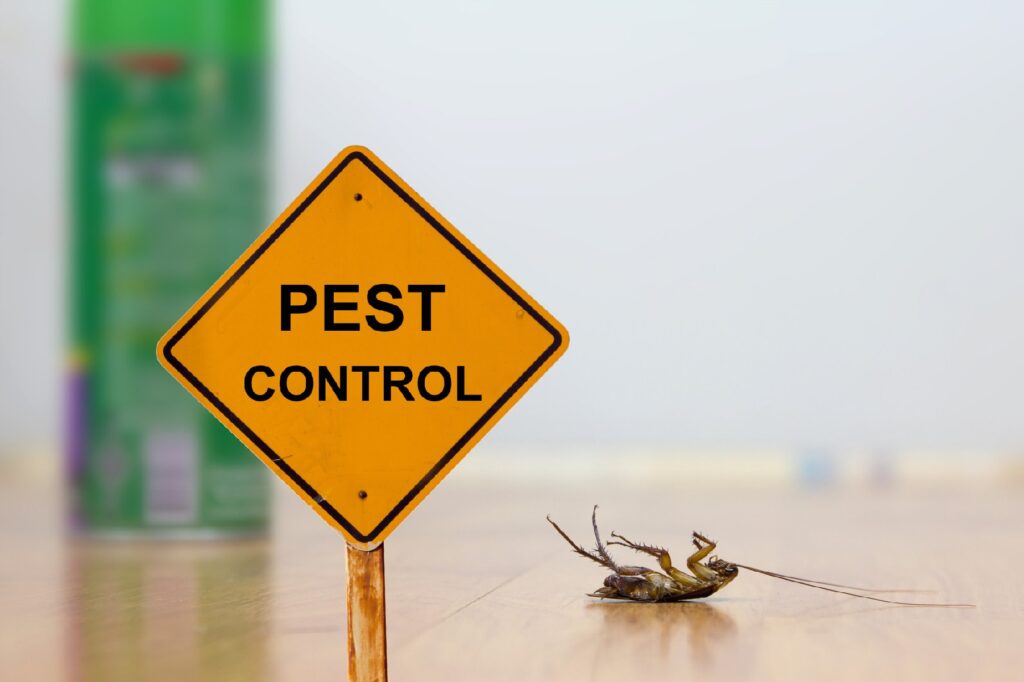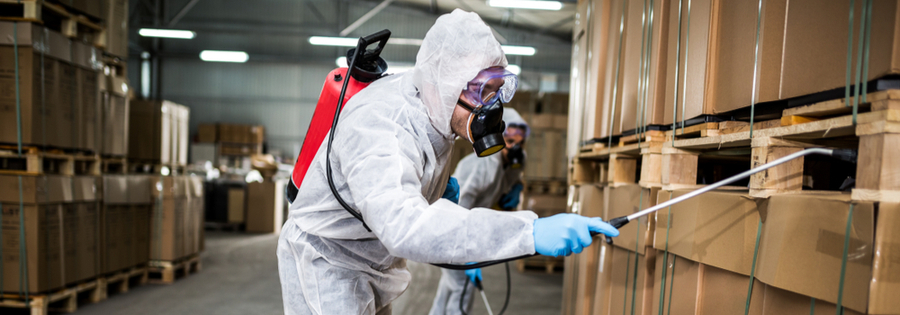A Comprehensive Guide to the Different Sorts Of Pest Control Techniques
With the myriad of bug control approaches readily available, it can be frustrating to locate the most effective option for a particular parasite problem. In this comprehensive overview, we will explore these different types of parasite control methods, offering insights right into their applications and advantages. By the end, you will have a clearer understanding of which approach might be the best fit for your parasite control requirements.
Chemical Bug Control Approaches

One common kind of chemical bug control is insecticides. Insecticides target certain parasites, such as insects, termites, or ants, and can be made use of both inside your home and outdoors.
An additional kind of chemical bug control is rodenticides. These are chemical substances created to control populations of rats, such as rats and mice.
Herbicide, also known as herbicides, are an additional sort of chemical bug control method. Herbicides are made to precisely eliminate unwanted plants, referred to as weeds, without creating harm to preferable plants. They are generally utilized in farming, landscaping, and gardening to control the development of undesirable vegetation.
While chemical insect control techniques can be very effective in eliminating pests, it is necessary to use them deliberately and follow safety guidelines. Overuse or abuse of chemical pesticides can have adverse influence on human wellness and the environment. It is crucial to use these techniques responsibly and think about different bug control techniques whenever possible.
Organic Insect Control Methods
Biological bug control methods involve using living organisms or natural materials to manage and regulate pest populations. Unlike chemical methods, which typically rely on synthetic pesticides, organic control methods utilize the all-natural adversaries of insects to control their populaces. This approach is thought about even more eco-friendly and sustainable, as it decreases making use of unsafe chemicals and reduces the risk of pesticide resistance.
One widely made use of organic insect control method is the intro of all-natural predators or bloodsuckers. For instance, ladybugs are presented to manage aphids, while particular wasp types are launched to target caterpillars. These predators and bloodsuckers prey on pests, reducing their numbers and preventing invasions.
Another organic control technique is making use of pathogens. Particular microorganisms, viruses, and fungi can be utilized to contaminate and eliminate particular bugs. For example, the germs Bacillus thuringiensis is typically made use of to control caterpillars, as it creates contaminants that are deadly to these insects.
Biological control methods can additionally include making use of scents or natural substances that disrupt the mating patterns of insects. By hindering their reproduction, these techniques help to decrease pest populations with time.
While organic insect control techniques are usually efficient, they might need longer periods to achieve desired results compared to chemical techniques. Furthermore, mindful consideration has to be offered to the choice and launch of all-natural enemies to avoid useful site unintentional damage to advantageous microorganisms or ecological communities.
Physical Insect Control Techniques
To properly take care of and manage pest populations, different pest control techniques referred to as physical parasite control approaches are used. These approaches involve using physical obstacles, traps, or gadgets to stop insects from accessing or damaging residential or commercial property. One usual physical parasite control technique is the use of displays or webs to keep bugs out of structures or yards. These displays are usually made from fine mesh material that enables for air flow while protecting against parasites from going into. One more physical insect control method is the installation of fencings or wall surfaces to maintain bigger pests, such as deer or rabbits, out of yards or farming areas. These barriers literally obstruct the pests' access to the area, decreasing the capacity for damage. Additionally, traps and devices can be used to capture or drive away pests. Sticky traps can be positioned read here in areas where pests are an issue, and the insects come to be stuck to the adhesive surface area. Ultrasonic devices can also be utilized to emit high-frequency sounds that are undesirable to insects, triggering them to leave the location. Physical insect control methods are an eco friendly choice to chemical pesticides, as they do not depend on the use of hazardous chemicals.
Natural Bug Control Approaches
All-natural bug control methods provide a sustainable and eco-friendly method to managing and getting rid of bugs. One useful reference of the most usual natural insect control methods is biological control. By adopting these all-natural parasite control methods, individuals and areas can properly take care of insects while decreasing the unfavorable influences on the atmosphere and human health.
Integrated Pest Administration (IPM)
Integrated Bug Management (IPM) is a comprehensive and methodical method to pest control that integrates various techniques and methods to effectively handle bugs while decreasing the usage of chemical pesticides. IPM aims to maintain parasite populations below the economic injury level by utilizing a combination of cultural, biological, and chemical control methods.
Cultural control techniques include customizing the atmosphere to make it less beneficial for bugs. This can consist of techniques such as plant turning, appropriate cleanliness, and making use of resistant plant varieties. By developing undesirable conditions for pests, cultural control approaches can considerably reduce insect populations.

Chemical control techniques are utilized as a last hope in IPM. They involve the targeted and wise use of pesticides to take care of insect populations. Unlike standard bug control methods, IPM aims to minimize the use of chemical pesticides by employing alternate techniques.
Integrated Parasite Management (IPM) is an aggressive approach that concentrates on long-term pest management as opposed to relying exclusively on reactive steps. By incorporating several control techniques, IPM offers a more lasting and environmentally friendly method to pest control.
Final Thought
It went over chemical, organic, physical, and natural pest control approaches, as well as the integrated pest management method. By comprehending these different methods, people can make educated choices on which pest control method is most appropriate for their certain needs and choices.
Comments on “Chicago Bug Infestation Removal: Quick and Efficient Pest Extermination”